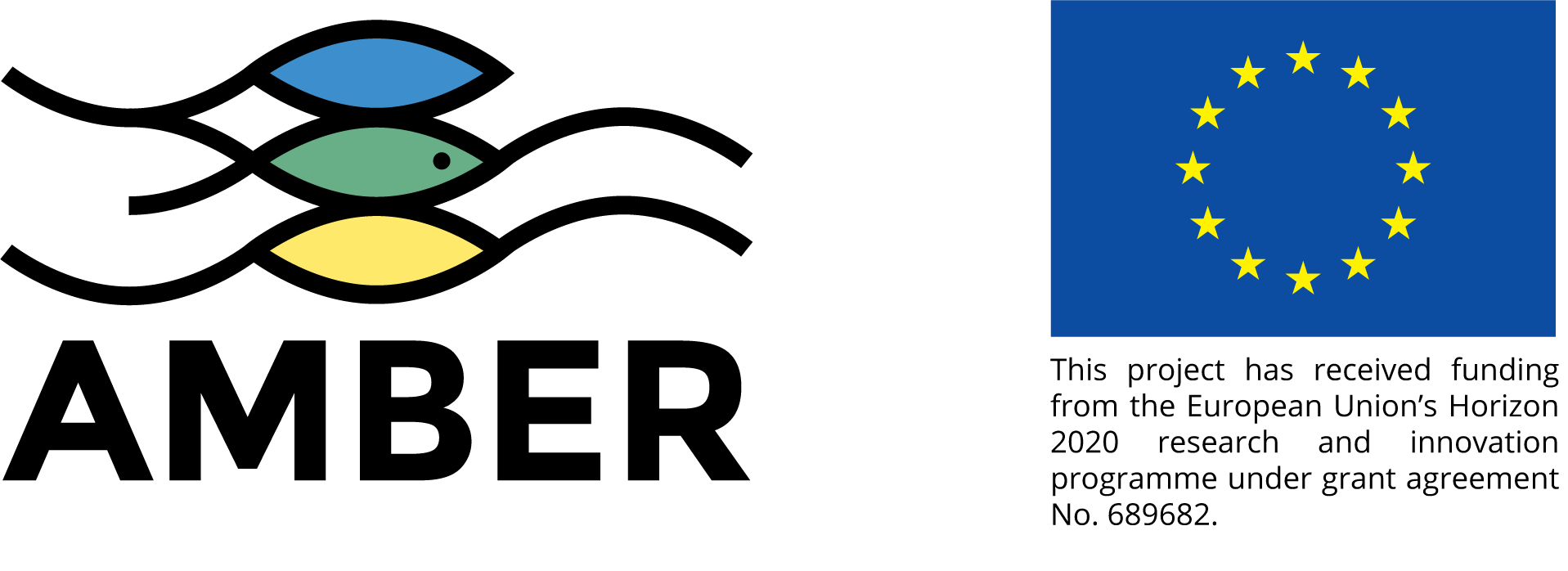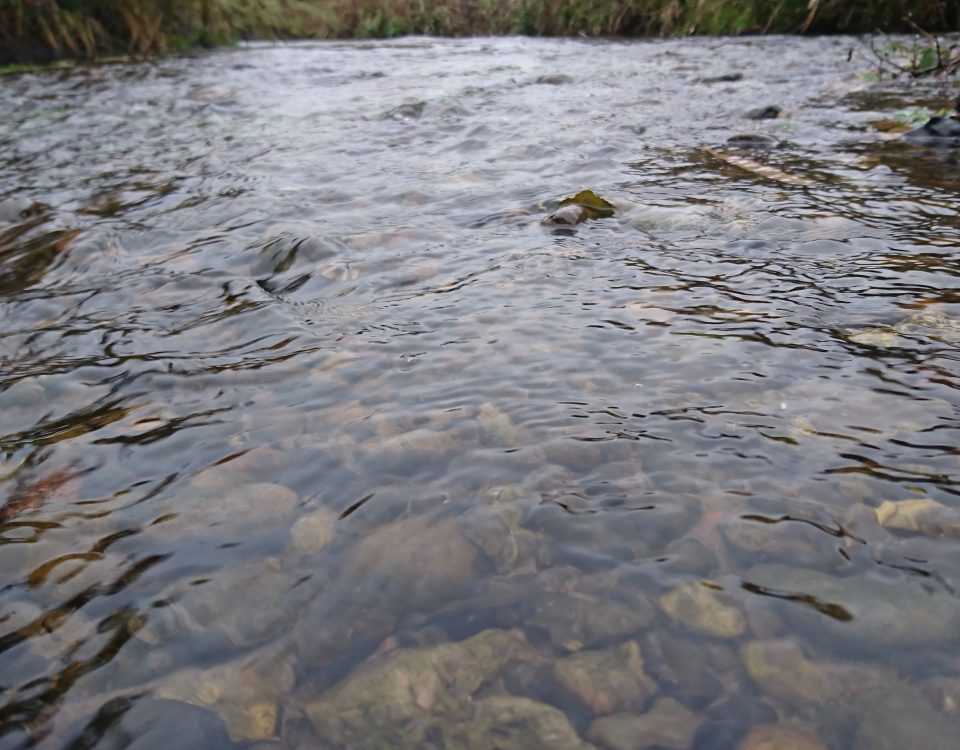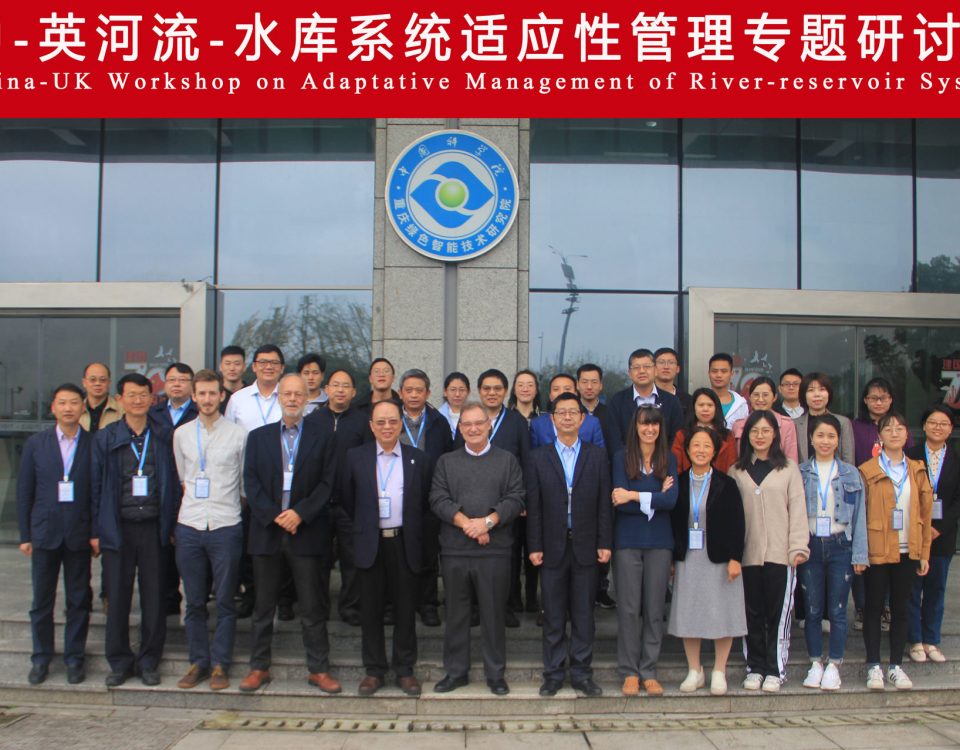JOB OPENING: AMBER Project Manager
November 5, 2018New tool in Scotland may help prioritize river management decisions
December 6, 2018Global growth in hydropower plans triggers debate about large and small scale hydropower
A recent publication from the USA shows that new large hydropower dams in developing countries will have detrimental effects on almost 12 million km2 of river basins. The authors propose to look more at small scale, microhydropower initiatives as one of the alternative options for large hydropower. European experts agree on some of the authors recommendations, but have differing opinions about the pros and cons of small scale hydropower.
It is a well-known fact that Europe and the United States relied heavily on hydropower as a source of renewable energy (and still do). Between 1920 and 1970 the two continents built up this industry before finally slowing it down. Now we have realized the consequences of our actions as we better understand that the construction of large hydropower dams have negative impacts on socioeconomics and the environment. Currently, Europe and the US are no longer building these larger hydropower dams but the effort continues in developing countries within Asia and South America and Africa. Ecologically and culturally important river basins such as the Amazon, Mekong, and Congo are in serious danger as planned hydropower projects will destroy these environments.
A recently published paper points out the negative effects these large dams can cause: “disrupting river ecology, causing substantial deforestation, generating loss of aquatic and terrestrial biodiversity, releasing large amounts of greenhouse gases, displacing thousands of people, and affecting the food systems, water quality, and agriculture near them.” And cautions developing countries to instead use sustainable innovative solutions for their energy needs. The paper reports that “[t]here are some 2,320 fish species in the Amazon Basin, which is the most by far of any river system in the world. The Congo is next with 1,269 species, and then, the Mekong is third with 599 species.” Should these large hydropower dams continue to be built an at exponential rate then not only fish species risk extension, but the a large portion of the river basins (totalling an area of 11,859,000 km2) will be drastically and negatively affected.
The authors of the paper include seven innovative solutions for hydropower:
(i) Environmental impact assessments and social impact assessments need to be capable of stopping a dam from being built.
(ii) These assessments must be carried out by firms serving citizens rather than the dam builders.
(iii) Hydropower designs need to allow fish passage and mimic the seasonal river flows.
(iv) Better governance needs to be created around dams.
(v) Greater transparency with society about the true costs and benefits (including social, cultural, economic, political, and environmental costs and the costs of dam removal at the end of the dam lifespan) is needed.
(vi) Sustainability evaluation measures from the design through operation stage should be used.
(vii) Innovative technologies that do not require damming the river or resettling population are needed. Addressing these issues can transform the hydropower sector.
This paper is informative and gives a great overview about dams and dam removals. It includes daunting statistics such as hydropower contributes 71% of global production of renewable energy and estimates gauge that only 22% of the global potential is exploited. It also highlights not only the environmental impacts of dams but also their disruption to the social, economic, cultural, political and behavioural aspects of affected communities.
A remarkable sentence in the paper is that “the hydrologic consequences of large-scale dams and reservoirs are extensive; however, microhydropower is largely a net positive for communities and has minimal environmental impact.” In a later section of the paper this is nuanced, as the authors state that minimal impact of small hydropower dams is "largely untested”; that by virtue of their abundance, small dams can substantially impact flowing aquatic ecosystems. Scientists involved in the European AMBER project have found that yes, in fact, small-scale hydropower can be very damaging to the environment (Garcia de Leaniz, 2008; Birnie-Gauvin et al., 2018). Representatives of the industry within the project acknowledge this, but point out that statements about small scale hydropower can not be generalized. For example, small hydropower facilities in Europe and the USA cannot be compared to dams in developing countries where the regulations are less strict on the environmentally compatible usage of hydropower. For example, European legislation demands that new structures, or the ones with new concessions, are ecologically passable. They also point out that mitigation measures like the construction of a fish pass or a bypass channel can be applied far better to small scale or medium structures than for large dams.
Prof. Carlos Garcia de Leaniz, leading the AMBER project, states, “It’s evident that the effects of small scale barriers and specifically new technologies, like small scale instream turbine technology, has to be tested and the issue deserves more attention. We are finding many more small barriers than people thought existed in Europe, and are assessing their impacts. Building one large dam at an appropriate place and removing ten smaller ones to make whole river stretches free flowing could be a better strategy in certain areas. But, again, that depends on the situation and cannot be generalized. In AMBER we are getting an overview of river fragmentation all over Europe and apply adaptive management to effectively address the impacts caused by loss of river connectivity caused not just by large dams, but by hundreds of thousands of smaller barriers”.”
The AMBER project is providing novel insights into adaptive barrier management and developing strategies to improve river connectivity at a pan-European scal. The final outcomes of the project are expected in 2020.
For More information:
- https://amber.international/
- Birnie-Gauvin, K., Larsen, M.H., Nielsen, J., Aarestrup, K., 30 years of data reveal dramatic increase in abundance of brown trout following the removal of a small hydrodam, Journal of Environmental Management, 2018
- Birnie-Gauvin, Riis, T.M.O., M.H., Koed, A., Aarestrup, K., Shining a light on the loss of rheophilic fish habitat in lowland rivers as a forgotten consequence of barriers, and its implications for management, Aquatic Conserv: Mar Freshw Ecosyst. 2017;1-5Garcia de Leaniz, C. (2008). Weir removal in salmonid streams: implications, challenges and practicalities. Hydrobiologia 609, 83-96.

Written by Arjan Berkhuysen
Managing Director World Fish Migration Foundation




